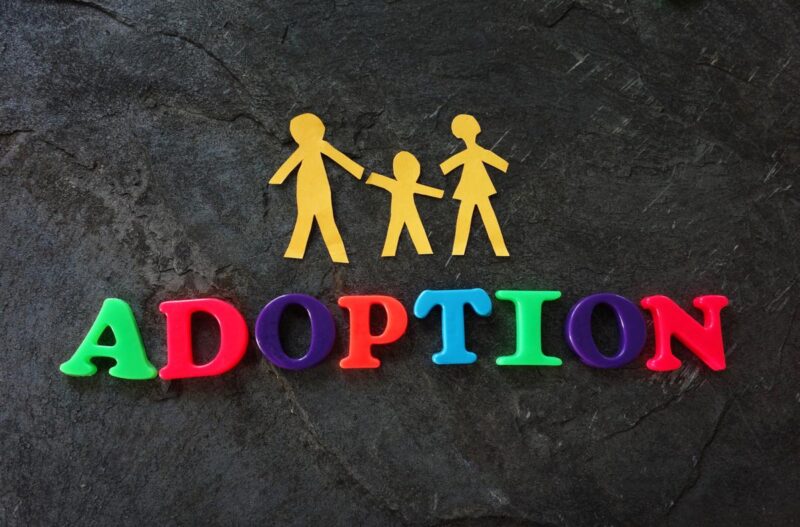Product managers play a crucial role in the prosperity of big corporations. For their contribution, they are motivated by good financial rewards. According to Zippia, the top managers in the USA earn $159,000 and more annually. For such a result, they do not stop learning and have to be competitive, but the result is achievable. If you are only on the initial step of your career ladder, our article will help you get ready for the interview so you have a chance to get the dream job.
As a PM is a complex position, the questions may be basis-related, aimed to determine personal and technical skills, and check communication and leadership skills. When thinking about ways to communicate your ideas, try to imagine what they contribute to the aspects being checked during the interview.
If you are new to this role, we recommend you boost your skills and confidence by completing a product management course. Read to the end to discover how you might benefit from mentorship.
1. Describe a Product Manager

Your response will give the interviewer a thorough understanding of your idea of this position.
Make sure it is clear from your answer that knowing a product inside and out is mandatory to be a good executioner of decisions.
Do not forget to mention that analyzing the market and being aware of trends is part and parcel of your responsibilities, too. Innovations cannot be avoided, and the aim of a PM is to be a few steps ahead of the game. In this position, a candidate must be open to challenges and be resilient to stress. Fire-fighting problems and amends to the product happen constantly.
Moreover, a product manager is equally good at analytical and technical tasks. Interpersonal skills must be excellent because communicating objectives is a routine function; a manager should be clear in declaring the tasks and responsibilities of the team.
Summing up, a product manager is a person who is good at prioritizing, who can focus on multiple aspects of the product, and who can deal with burning problems in a timely manner while updating everyone else on the team.
Tip: Be concise and exhaustive. Provide the skills that are handy for the typical responsibilities.
2. How would you improve a product?

You may be asked about a famous and well-liked product like YouTube, Netflix, etc., or about a product of the company you are interviewed for.
In your reflection, rely on the aspects of a product’s design, customer needs, and functionality. You might consider suggesting ways to increase the profit of the product.
If you reckon the product has a problem, give solutions and ways to fix it. Working on the problem will trigger the matter of redesign in one way or another, so think of the best ways to implement it both theoretically and practically.
Giant products are affected by changes constantly to fit the needs and expectations of customers. Think if there is anything that would be eagerly welcomed by customers in the foreseeable future.
Tip: A product should be valuable, usable, and feasible. How to do it is up to the product manager.
3. How would you avoid a product fiasco?

Know your enemy in order to fight it. In 42% of cases, a product fails due to the absence of market need; in 29% of cases, it is bad budgeting.
Talk about the determinants that can result in an unsuccessful product. For each factor, provide techniques that eradicate problems.
You must show that if the company chooses you, it will not be risking its money. On the contrary, it will benefit from minimized losses.
In most cases, the ground steps are analyzing the variables, and thinking overand determining the possible budget and capacity. As the favorable result fully depends on whether there is demand for a product, it must be logical from the customer’s perspective.
Besides, some reasons for failure can be linked to communication. A product manager must be articulate and ready to update the team on the project’s future as often as possible. The released product is never the same as the first product vision, and that is why it is important to make sure everyone stays attuned and is regularly provided with a roadmap.
Common prevention methods may include:
- Making sure this product is interesting for customers
- Brainstorming what is innovative about it
- Determining the budgeting for a few years in advance
- Making clear and easy-to-follow objectives
- Checking design for imperfections
- Improving the user-friendliness
- Considering whether the price is reasonable
What is the PLM and its purpose?
We see stages of the product life cycle in our everyday life. Products we see in usage are in the active stage of the cycle. Others become discontinued due to decreased demand, competition, etc., which is the last cycle. PLM is similar to the human life cycle:
- Introduction
- Growth
- Maturity
- Decline
The purpose of the first stage is to make customers aware of a new product and its features even before launching it.
Growth presumes that more customers use the product and consider it satisfactory.
Maturity is the most advantageous for the company because the financial gain is expected to be the highest.
The last step is irreversible for a product and happens after the interest in it drastically falls, causing a decrease in cash flow.
All these steps are governed by product managers who work on the best ways to achieve great quality, decrease the time needed for marketing, and optimize the operations. They start with initiation and continue working until the end. Product managers are able to prolong the third, most lucrative stage for any company.
Understanding what to expect from each step and being able to get the most profit is the desired result. For instance, Coca-Cola’s new flavors are one of the ways of extending a line to stay in the maturity stage.
4. How do you conduct customer research? How often should you do it?

Each product has a target audience. For a product to be in demand, a project manager should identify who would buy it, where, and why. Identifying your customer correctly is half of success. Not only do their demands matter but behavior too. You need to be aware of how to build a customer profile and what the methods are of doing it. Throughout the project, the needs of customers must be reviewed. It is a good idea to have a conversation with clients and conduct customer interviews.
The types of relationships are also different: Business to Business (B2B), Business to Customer (B2C), and B2B2C.
Tip: If you have little experience in identifying a customer, consider enrolling in a product management course.
If you do not know how to answer these and other related questions, do not hesitate to improve your knowledge. ELVTR’s product management course sheds light on the crucial aspects of this sphere and gives practical assignments to master your skills. The course is hosted by Manish Sirdeshmukh, a director of product management at Netflix. The course is designed both for career switchers and climbers and gives a profound insight into all the stages of a product that a product manager takes care of. Upon completion, the questions will become no rocket science as you get guidance from the PM with robust experience.
For more details, check Elvtr.
Related Posts:
- Got a Technical Interview Tomorrow? Read on!
- How to Use a Laser Marking Machine for Product…
- 8 Tips for Improving Your Product Packaging in 2024
- Effective Strategies for Using TikTok in Marketing…
- Top 7 Questions About Auto Loan Refinancing in 2024
- 5 Signs Your Food Product Needs a Better Packaging Solution







